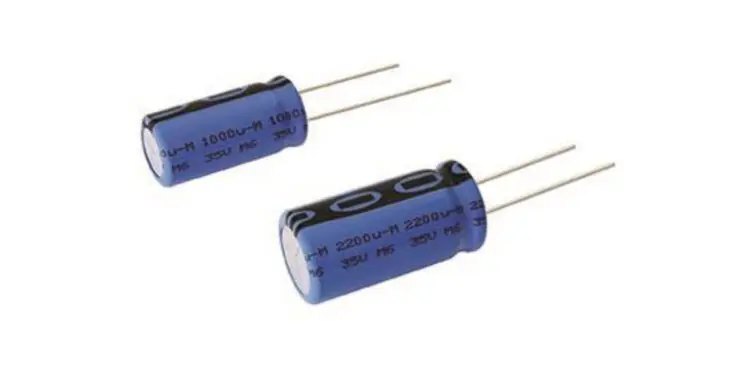Vishay Intertechnology introduces a new series of low impedance, Automotive Grade miniature aluminum electrolytic capacitors that combines high ripple currents up to 3.8 A with high temperature operation to +105 °C and very long useful life of 10,000 hat 105°C.
Compared to previous-generation solutions, the 170 RVZ series capacitors offer lower impedance and 10 % to 15 % higher ripple current. This allows designers to utilize fewer components, increasing design flexibility and saving board space. Available in smaller case sizes that previous-generation solutions.
Features:
- Polarized aluminum electrolytic capacitors with a non-solid electrolyte
- High ripple currents up to 3.8 A
- High temperature operation to +105 °C
- Very long useful life of 10,000 h
- AEC-Q200 qualified
- Available in case sizes ranging from 10 mm by 12 mm up to 18 mm to 40 mm
- Feature radial leads and a cylindrical aluminum case, insulated with a blue sleeve
- Rated voltages up to 63 V
- Capacitance from 100 μF to 6800 μF
- Low ESR and low impedance
- Charge-and discharge-proof
- RoHS-compliant
Applications:
Smoothing, filtering, and buffering in switch mode power supplies and DC/DC converters for applications:
- industrial
- automotive
- telecommunications
- medical
- consumer


Availability:Samples and production quantities of the 170 RVZ series are available now, with lead times of six weeks.






























